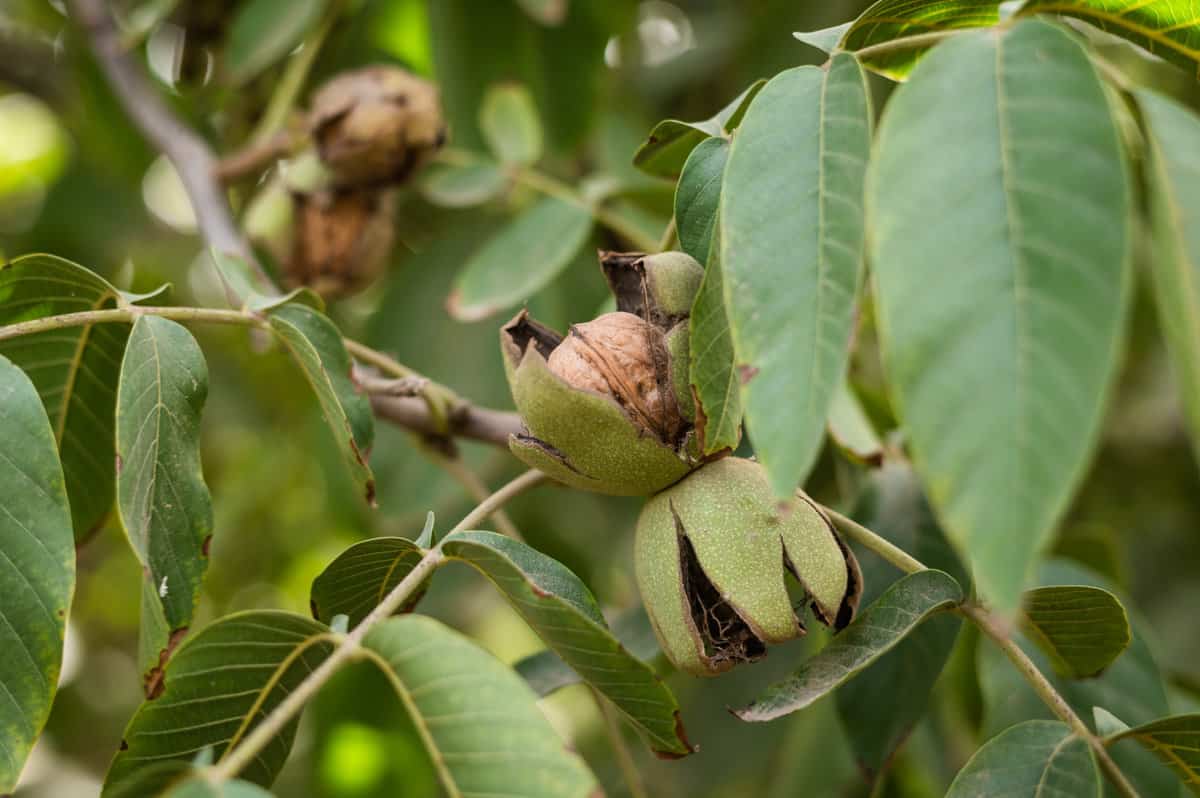How are Walnuts Grown?
Let’s explore how walnuts are grown and harvested in California!
Where do walnuts grow in the United States?
Over 99% of walnuts grown in the United States come from California! Our fertile soils and temperate weather allow these trees to thrive.
Where are walnuts grown in California?
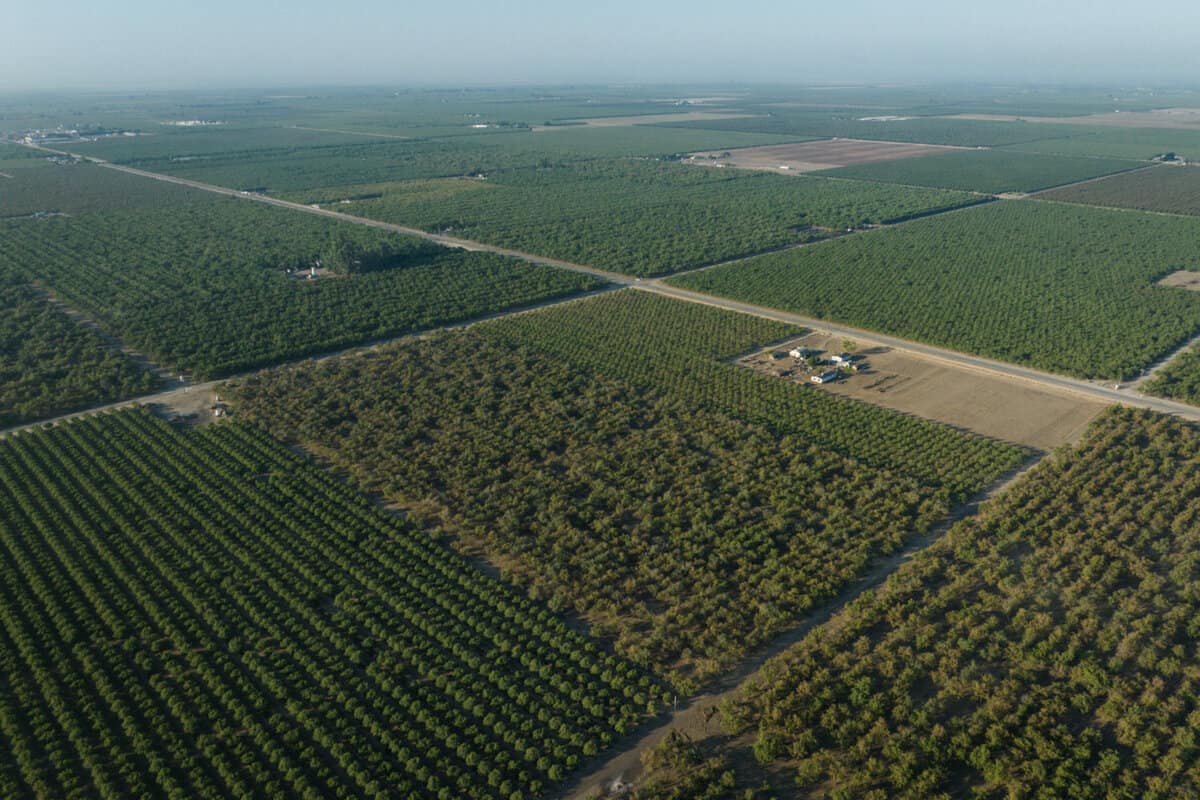
The first commercial walnut orchards were planted in Southern California. Today, the majority of California’s walnuts grow in the San Joaquin and Sacramento Valleys.
What types of Walnuts are grown in California?
There are two distinctly different types of walnuts: black and English. Black walnuts are native to California. Although black walnuts are becoming increasingly popular, most commercially grown walnuts in California are English walnuts.
Confused? Well, it only gets more confusing as you delve into the history of the name. This variety, initially known as “Persian walnuts,” was brought to Britain by the Romans, and eventually became known as “English Walnuts.” English walnuts were brought to California by Franciscan monks in the 1770s – but today are known as “California Walnuts.” Whatever you choose to call them, they’re incredibly healthy and delicious.
How long does it take for a walnut tree to mature?
Patience is a virtue. Once a walnut sapling is planted, it takes 5-7 years before that tree is ready to be harvested!
How long do walnut trees live?
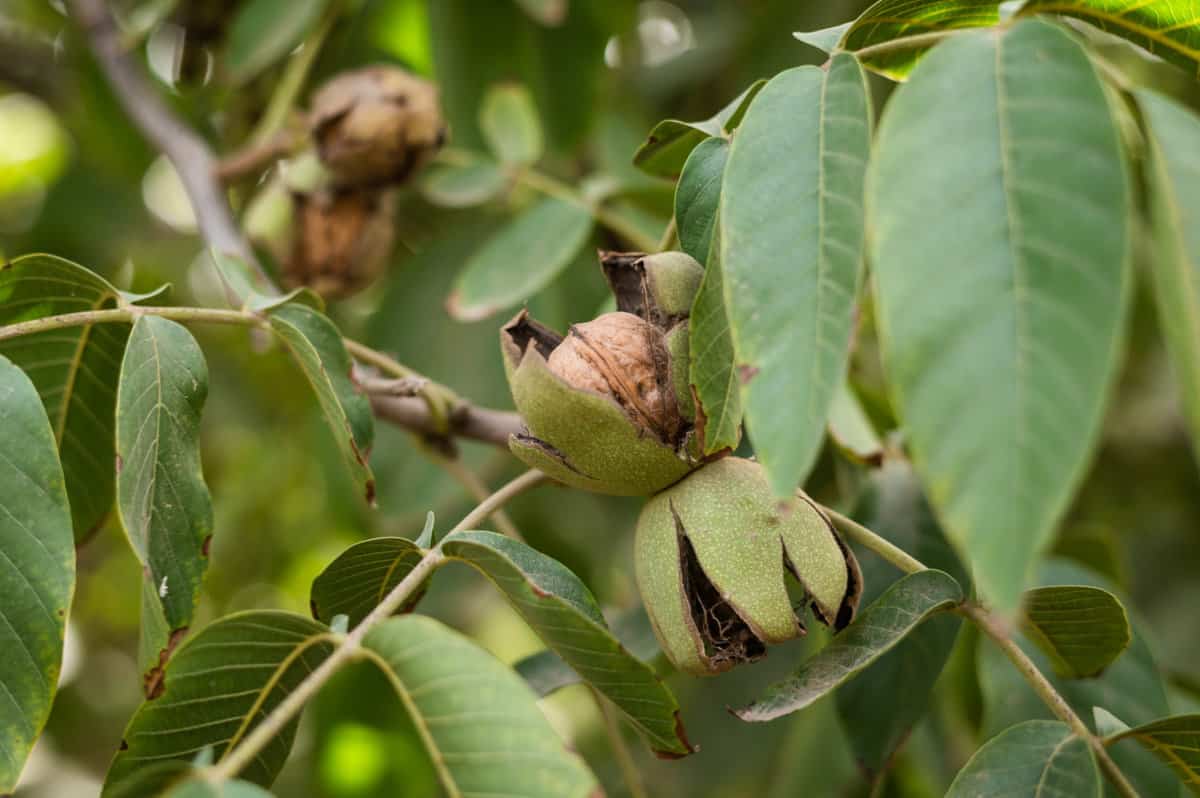
On average, California walnut orchards are replanted every 35 years. They become less productive as they age, which is usually why they are replaced. However, walnut trees can live for up to 300 years!
How are walnuts grown? Let’s look at what happens in walnut orchards each season!
Winter:
Do walnut trees need to be pruned?
A 2018 study concluded that unpruned mature walnut trees have higher yields and require less water. Nowadays, most California growers prune mainly for orchard access and disease management.
What are mummy nuts? How can they harm an orchard?
Mummy nuts are the nuts that remain on the tree after harvest. Mummy nuts attract harmful pests, so it is essential for growers to “sanitize” the orchard by removing them each winter.
Spring:
When do walnut trees bloom in California?
Walnut trees bloom between April and May in California. These trees produce both male and female flowers. The male flowers, or catkins, are clusters of tiny green florets that droop from the branches. Female flowers appear in groups of tiny greenish-yellow blossoms. After a short time, the flowers fall to the ground and leaf buds will burst.
Do walnuts need bees for pollination?
Walnut trees are technically self-pollinating, but having bee boxes nearby can help to increase the number of walnuts an orchard produces.
What happens after walnut trees bloom?
During the spring, growers keep a careful eye on their orchards. As the leaves begin to grow, walnut trees require more water. Most growers use drip and micro irrigation to ensure that each tree receives the necessary amount of water. Fertilizers and foliar nutrient sprays are applied in springtime if necessary. As the weather continues to warm up, walnut growers are on the lookout for any signs of pests or diseases and tackle these proactively.
Summer:
What happens in walnut orchards during the summer months?
During the summer, walnut trees soak up the sun as nuts grow and mature. California summer heat can be brutal, so water management is always a priority. Throughout summer, growers continue to monitor the orchard for pests and diseases.
Fall:
When are walnuts harvested?
In California, walnut harvest typically begins in late August and continues through late November.
How do growers know when walnuts are ready to be harvested?
When a walnut is mature and ready for harvest, the outer green hull dries and begins to split.
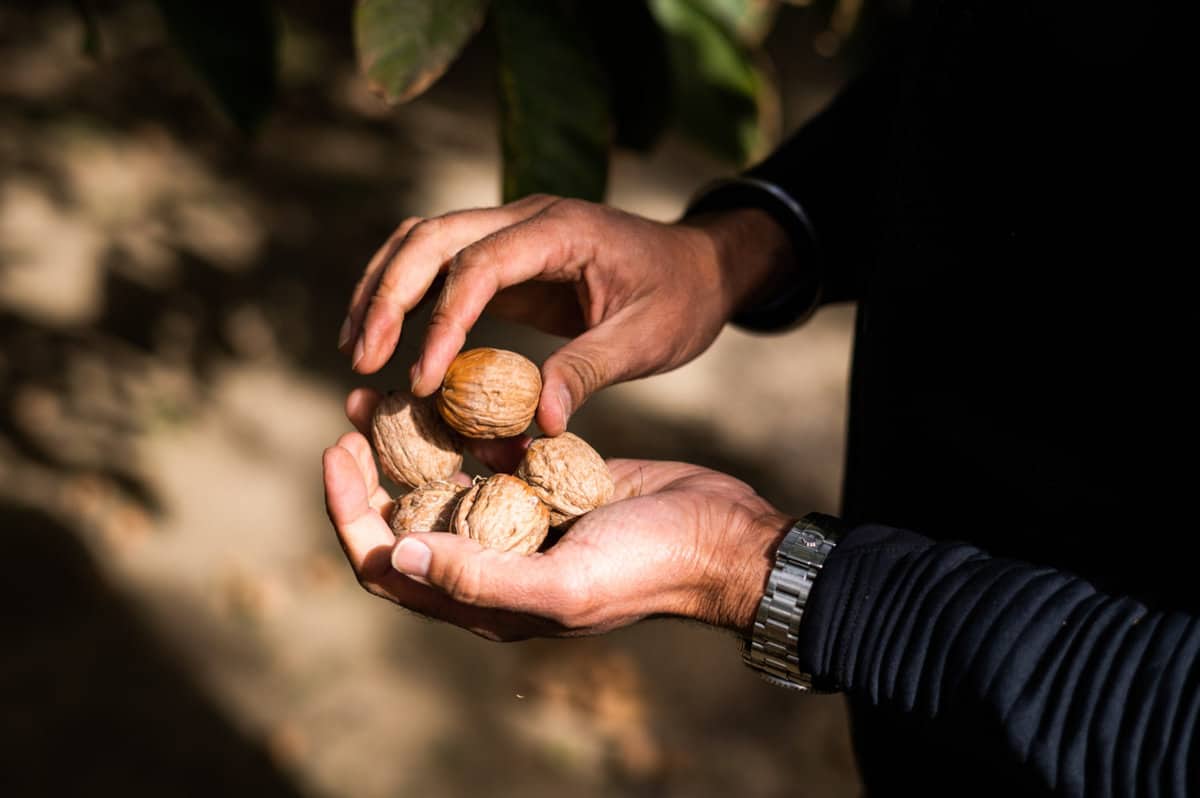
How are walnuts harvested?
Walnut harvest consists of three main steps. First, the orchard floor is meticulously swept. Then, a mechanical shaker attaches to the tree’s base, shaking it vigorously. The walnuts fall to the ground and are swept into windrows. Finally, a harvester drives through each row, collecting the walnuts from the ground.
How are walnuts processed after harvest?
After harvest, walnuts are whisked away to a huller drier. Here, the outer hull is removed, and the walnuts are washed and dried. At this point, the nuts are transferred to a processor.
If the walnuts will be sold in-shell, machines are used to size and wash one last time. Finally, the in-shell nuts are hand packed and sorted.
If the walnuts will be sold shelled, they are mechanically sized and cracked prior to packaging. In this process, machinery is again used to separate the kernels (the edible part of the walnut) from the shell and categorize them by size. Any remaining bits of shell or foreign material are blown from the kernel. After a final visual inspection, the walnuts are ready to be packaged and shipped.
When are walnuts in season?
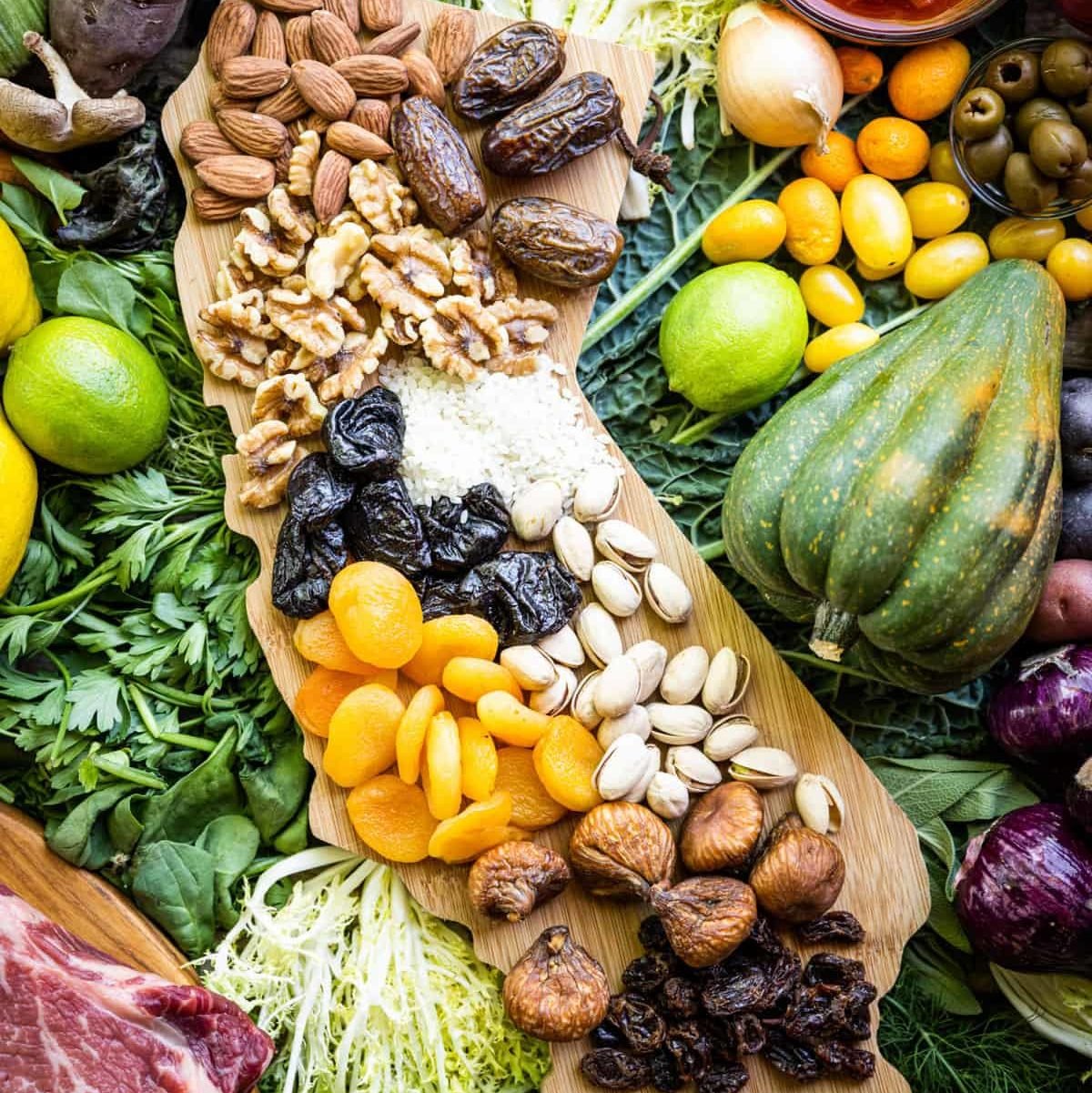
Walnuts (and other nuts) are available year-round in California. They’re one of the many commodities that are always in season in the Golden State.
Learn more about the California commodities that are always in season!
How can you tell if walnuts are from California?
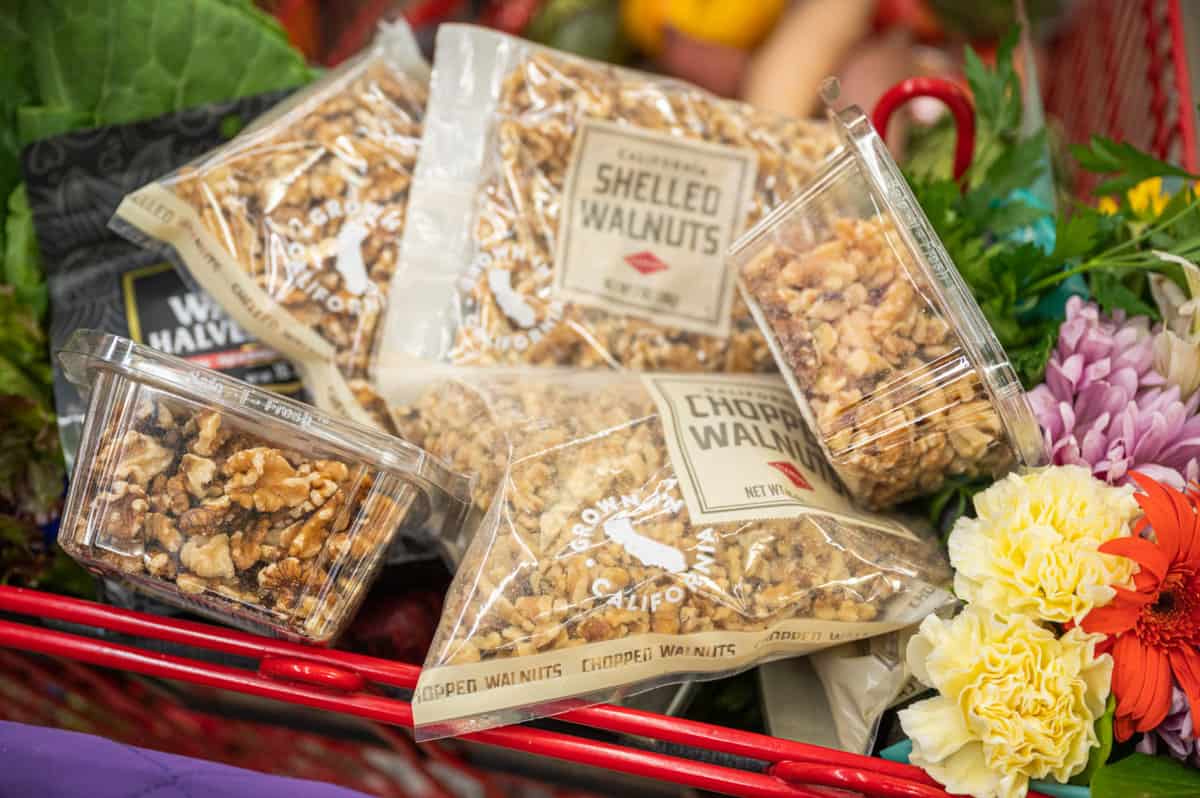
Look for the California Grown license plate on the product packaging or store shelves. Pro-tip: Stores are required to list the country of origin for produce. If your walnuts were grown in the United States, it’s safe to say they were California Grown. Learn more about how to tell where your produce is from!
Here’s a little more about how walnuts are grown in California from our friend Jerry James Stone:
Our favorite recipes starring California Walnuts
Got your fill of walnut facts? We have a feeling we know why you’re really here. Checkout a few of our favorite recipes starring California Grown walnuts!





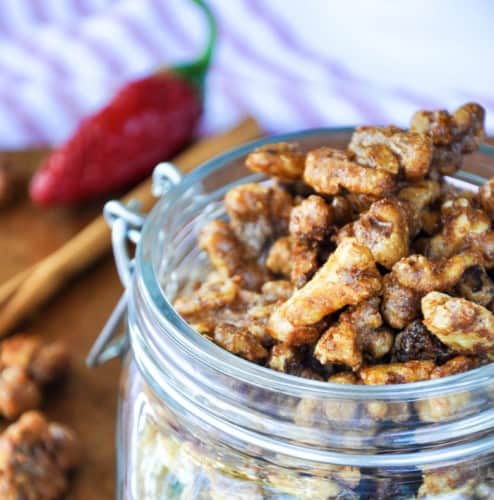
FAQs about California Walnuts
Fun fact: walnuts are technically the seed of a fruit. For culinary purposes, we consider them a nut.
Walnuts aren’t just delicious – they’re incredibly healthy also. Walnuts are loaded with Omega-3 fatty acids, protein and fiber. Be sure to add CA GROWN walnuts to your next grocery order.
Walnuts, like all nuts, are shelf stable. They’ll last about three months in your pantry. Our friends at California Walnuts suggest storing your nuts in the refrigerator or freezer. They’ll last much longer and maintain their freshness.
Walnuts can be stored in your freezer for up to a year! Be sure to store your shelled walnuts in an airtight container.
Walnuts aren’t spam – they won’t last forever! Rancid walnuts have a distinct, unpleasant flavor which is usually obvious in both smell and taste.
Article by Hilary Rance. Photography by James Collier.

